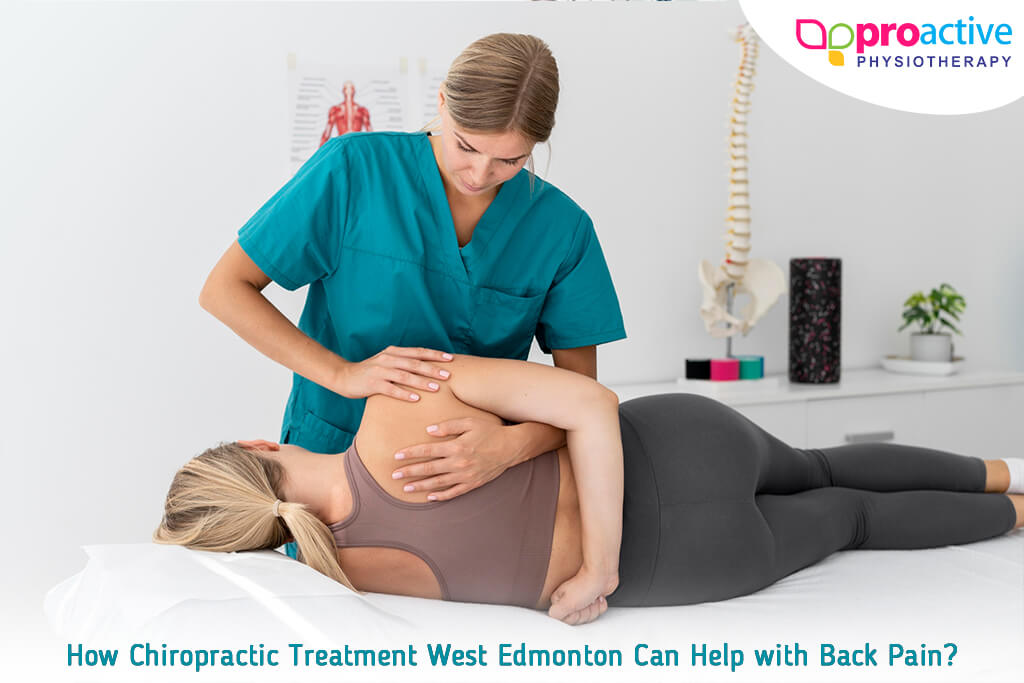Have you ever found yourself struggling with daily tasks due to stiffness or a lack of strength? Or perhaps you’ve noticed a decline in your mobility over time, making it challenging to enjoy activities you once loved. In our journey through life, our bodies sometimes need a helping hand to maintain or regain their vitality. This is where physiotherapy steps in.
Physiotherapy, a field rich in diverse techniques and approaches, plays a pivotal role in enhancing physical mobility and strength. But what exactly does this mean for you? How can physiotherapy help in addressing the unique challenges your body faces? And more importantly, how can these techniques be applied to ensure a better quality of life?
In this article, we jump into the world of physiotherapy, uncovering the myriad ways it can assist in enhancing your movement and strength. We will explore various physiotherapy techniques, shedding light on how they contribute to improving your physical capabilities.
Whether you’re dealing with the aftermath of an injury, managing a chronic condition, or simply seeking ways to stay active and robust, this guide is tailored to provide insightful information.
Understanding Mobility and Strength Issues
Common Causes of Reduced Mobility and Strength
Reduced mobility and strength can stem from various sources, impacting individuals of all ages and backgrounds. Some of the common causes include:
- Aging: As we age, our bodies naturally undergo changes that can lead to decreased muscle mass and joint flexibility, affecting our strength and mobility.
- Injuries: Whether from sports, accidents, or daily activities, injuries to muscles, bones, or joints can significantly impair movement and strength.
- Sedentary Lifestyle: Prolonged periods of inactivity, often associated with modern lifestyles and work environments, can weaken muscles and reduce joint mobility.
- Chronic Conditions: Conditions like arthritis, osteoporosis, or neurological disorders can lead to progressive mobility and strength issues.
- Post-Surgical Recovery: Surgery, especially on bones or joints, often requires a recovery period during which mobility and strength may be temporarily diminished.
Impact on Daily Life
The repercussions of reduced mobility and strength are far-reaching and can influence various aspects of daily life:
- Personal Independence: Challenges in moving freely can affect one’s ability to perform daily tasks independently, like bathing, dressing, or cooking.
- Work-Life: Difficulty in mobility or lack of strength can hinder job performance, especially in roles requiring physical activity or prolonged sitting.
- Social Interaction: Limited mobility might restrict social engagement, leading to feelings of isolation or dependence on others.
- Mental Health: The frustration and limitations caused by reduced mobility can have psychological impacts, including stress, anxiety, and a decrease in overall quality of life.
While physiotherapy offers numerous techniques to aid in improving mobility and strength, it’s important to recognize that these techniques are part of a broader approach to wellness.
Physiotherapy does not claim to cure underlying causes of reduced mobility and strength, especially non-musculoskeletal issues.
Instead, it provides tools and methods to manage these challenges, aiming to enhance the quality of life and assist in regaining functional abilities.




